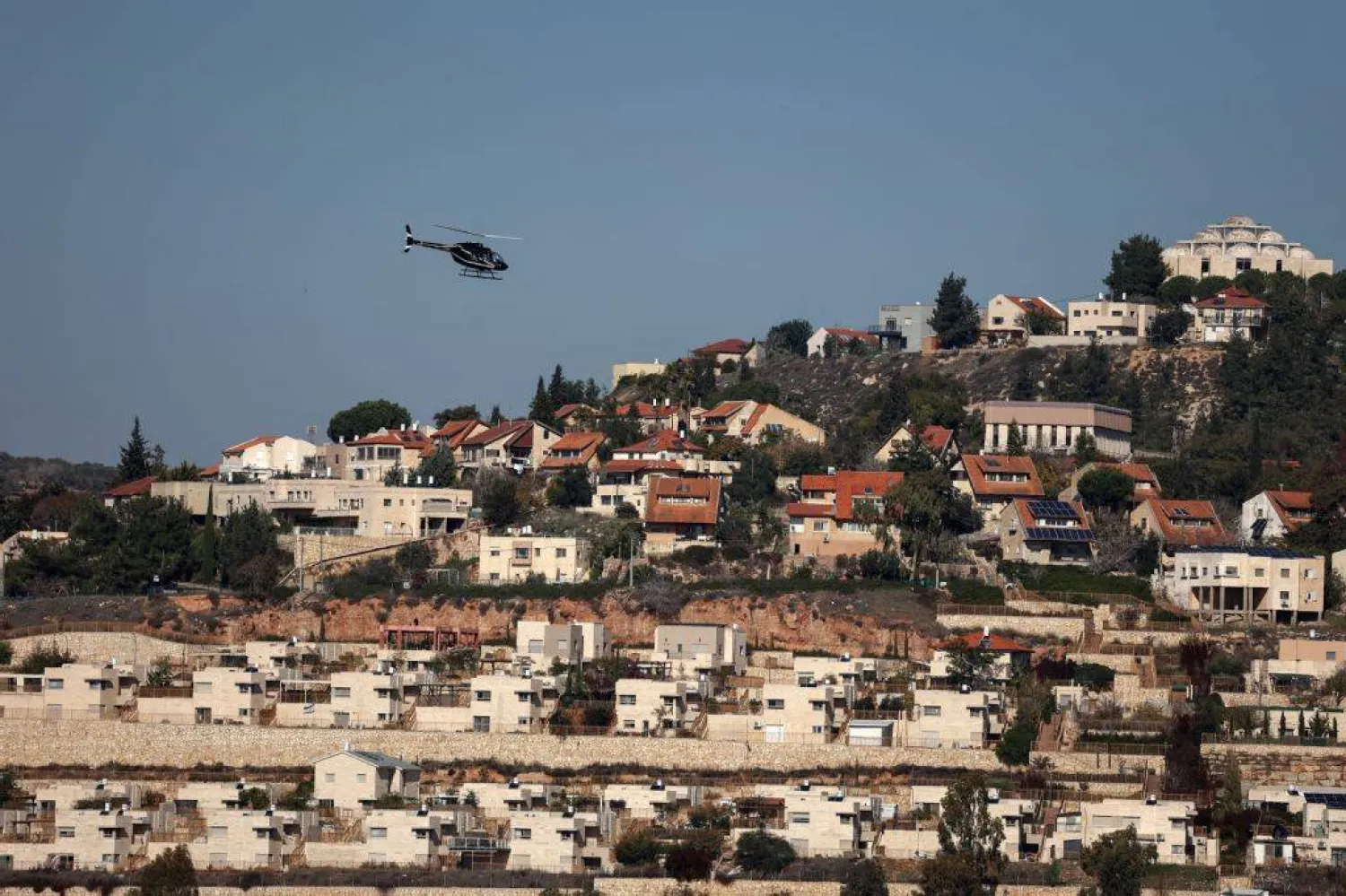Ethiopian Prime Minister Abiy Ahmed kickstarted electricity production from the second turbine at the controversial mega-dam on the Blue Nile on Thursday, despite continuing objections by Egypt and Sudan over the project.
He also confirmed that a third filling of the multi-billion dollar Grand Ethiopian Renaissance Dam (GERD) was under way, a development that led Egypt last month to protest to the United Nations Security Council.
Ahmed thanked “all relevant actors” for what he described as the “successful implementation” of the project in accordance with the plan.
He also congratulated "all Ethiopians for their continuous contributions to the project,” noting that the successes achieved so far prove that Ethiopia will surely attain its aspired prosperity.
The dispute between Egypt and Ethiopia began after Ethiopia began building its dam, with Cairo worried that it could threaten its share of the Nile’s water. Meanwhile, Ethiopia claims that the GERD is necessary for the country’s development.
Over the past 11 years of negotiation, Cairo has insisted on resolving the dispute peacefully, initiating negotiations that led to Egypt, Sudan, and Ethiopia signing the Declaration of Principles Agreement in Khartoum in 2015.
Cairo and Khartoum demand a legally binding agreement to the rules of filling and operating the dam. They reject any unilateral measure by Addis Ababa, fearing potential threats to their water security.
According to the Ethiopian official news agency ENA, the turbine’s initial production will generate at least 375 megawatts of power.
The $4.2-billion dam is ultimately expected to produce more than 5,000 megawatts of electricity, more than doubling Ethiopia's current output.
On Feb 20, the PM announced the generation of 375 megawatts of hydroelectricity from the first turbine.
GERD Project Manager Kifle Horo said the total construction work reached about 83.9%, while the civil works reached 95%, and the electromechanical works reached 61%.
Ahmed called on Egypt and Sudan to resume negotiations that have been stalled since April 2021, stressing that his country is building the dam to generate electricity and achieve economic development.
He called on the two downstream countries to understand Ethiopia's wish to meet its needs of electric power, denying any intention to harm its neighboring countries.
Ahmed underlined the importance of negotiations to settle issues of common interest through dialogue as the construction process continues.
Dr. Mohamed Mahran, a specialist in public international law and member of the American Society of International Law, told Asharq Al-Awsat that Ethiopia’s step is a violation of the rules of international law and relevant international agreements, as well as the 2015 Declaration of Principles.
“Their agreements require Addis Ababa to notify Cairo and Khartoum of any procedures on the international watercourse,” Mahran explained.
They also necessitate cooperation and commitment to exchanging information, and ensure that Ethiopia won’t harm the countries concerned and agree with the two Nile basin countries on the dam filling and operating dates and other principles that govern the non-navigational uses of international waterways.
He questioned Ahmed's assurances that the downstream countries would not be affected by the project, asking about the reasons why Ethiopia does not want to formulate these commitments in a legal binding agreement.
He further considered Addis Ababa’s intransigence a main reason behind the faltered talks.
Mahran called on the international community to hold an emergency meeting to take an urgent decision to halt the work and operation of the dam, oblige Ethiopia to negotiate to reach a legally binding agreement on the rules of its filling and operation and assume its responsibilities in maintaining international peace and security in the region.









